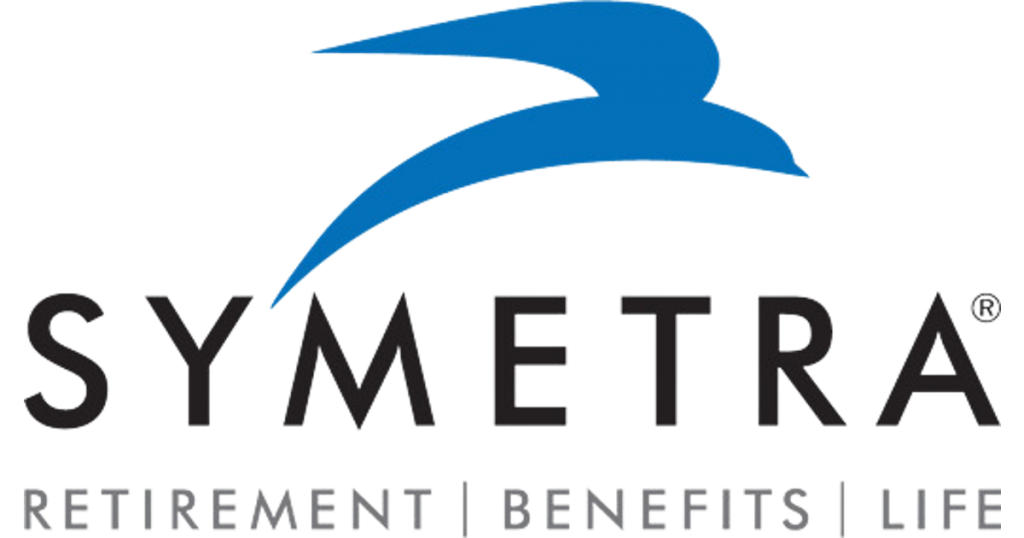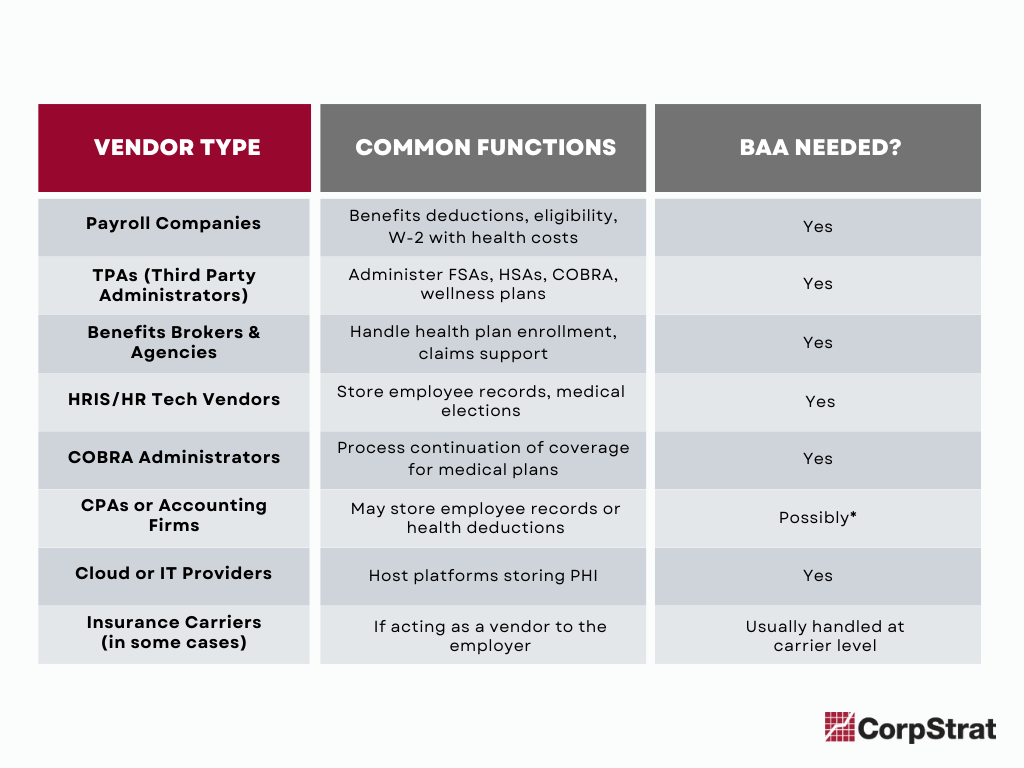A new survey from the Business Group on Health paints a sobering picture for 2025: employers are bracing for an average 9% increase in healthcare costs. That’s up from an already hefty 8% projection and marks the largest annual jump since 2010.
The survey, which included responses from 121 large employers covering more than 7.4 million employees, highlights the key cost drivers behind this surge:
- GLP-1 weight-loss drugs (like Wegovy and Zepbound), which are in high demand and come with very high price tags.
- Rising use of high-cost therapies, particularly specialty drugs and advanced treatments.
- Increased prevalence of mental health conditions, with more employees seeking support and treatment.
Employers are already strategizing about how to cope:
- 34% say they’ll negotiate harder with vendors.
- 22% are considering cutting back coverage for GLP-1 drugs.
- 3% would even consider moving away from traditional health benefits entirely in favor of stipends.
At the same time, there’s positive momentum around preventive care. By 2026, 43% of employers plan to cover comprehensive breast cancer screenings as preventive care (up from just 25% today). That shift reflects a growing recognition of the value of early detection and wellness initiatives.
What This Means for Employers
The message is clear: health costs are rising, and employers need to adapt quickly and strategically. Simply absorbing higher premiums isn’t sustainable—and cutting benefits can backfire when it comes to retention and morale.
This is where innovation and smart planning come into play:
- Exploring partially self-funded models to regain control over claims.
- Leveraging voluntary benefits to broaden offerings without breaking the bank.
- Prioritizing data-driven benchmarking to make sure your benefits are competitive and cost-efficient.
- Emphasizing wellness and preventive care to bend the cost curve long-term.
How CorpStrat Can Help
At CorpStrat, we specialize in helping employers navigate exactly these kinds of challenges. We’ve been through cycles of rising costs before, and we know that with the right strategy, you can:
- Control rising costs without gutting coverage.
- Negotiate better with carriers and vendors.
- Design benefits programs that attract and retain top talent.
- Implement digital tools that streamline administration and improve employee engagement.
The bottom line: cost increases are real, but so are the opportunities to innovate. If your company is facing renewal decisions this fall, now is the time to get a second opinion and explore creative solutions before making tough cuts.
Let’s Talk
If you’re concerned about your 2025 benefits strategy—or just want to see how your plans stack up against others—reach out. At CorpStrat, we’ll help you benchmark, strategize, and implement solutions that work for your bottom line and your people.

